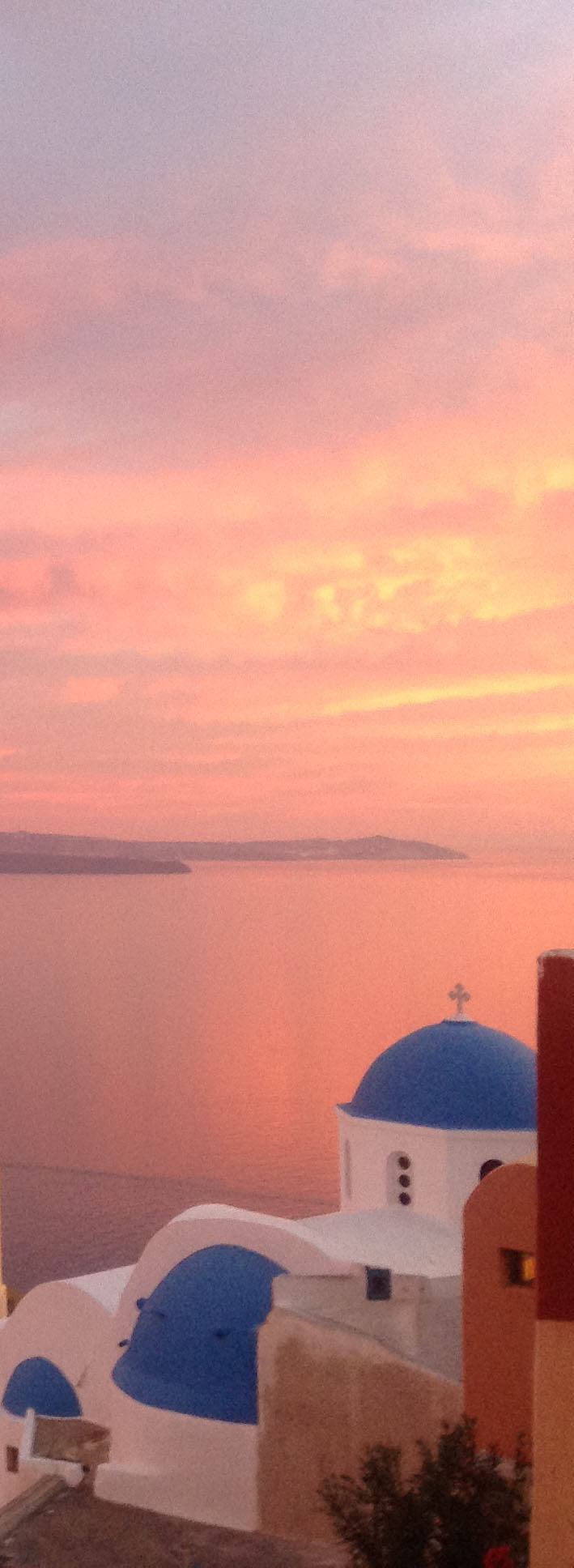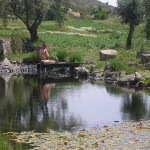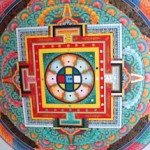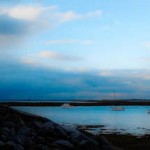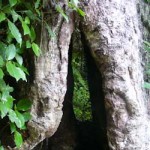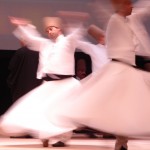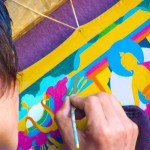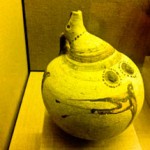Inspiration & the Creative Desire

What is that which we call inspiration?
What could be the reason we feel drawn to do, to create, to play, with love and interest?
What could possess us and fill us with passion, stimulation and motivation to try, express and experiment?
The very source of inspiration is the natural healthy human desire to be a part of something great, to share and to portray, and through that, to expand ourselves. It is the prime cause of us pulling ourselves out from within, in an attempt to display or manifest art.
We long to feel greater than our limitations; we aspire to take part in the magical dance of creation; we search to find meaning, and we need to grow and to realize. And in all that, we hope to connect with some inner depth of truth and wisdom.
We come to create, to get in touch with and to cultivate that which is beyond our normal reach; that which we can find only if we are in the right state of mind – in tune and present.
Sources of inspiration
If we closely inquire into the sources of our inspiration, what is it that we discover?
First, let us eliminate from the list any negative aspects, darkness or unhealthy elements, as these are only a result of an unbalanced state of mind, negative influences and mental agitations. These all need to be dissolved with the use of our intellect, inner work and discriminative pure light. These are not petty things nor are they easy to release , yet they have nothing to do with any real sources of inspirations. Rather, they are emotions, images and ideas that we don’t know how to deal with and what to do about. Bringing them to our creative work can be beneficial to a limited degree, if seen as a stepping stone along the way, and if used as a temporary form of healing or therapy. These are not to be confused with real and meaningful inspiration.
Real sources of inspiration can generally be divided into two kinds – Nature and the Divine.
The term ‘nature’ that is used in this reference, includes all that is life, all that is beautiful and harmonious, as well as all that is pure in a subjective way – colors, shapes, sounds and materials. Nature is the inspiration for all that is related to the manifested world, the living and the dead, change, flow, cycles, linear progress and transformations.
This general expression, “nature”, has been and can be used to express any natural element, such as flowers, scenery, people, animals, as well as seasons, celestial beings, abstract colors, natural objects and shapes, and so forth.
The second category of the two primary kinds of inspirations is Divinity, and within it are the elements of feeling, experience and all that is beyond the realm of the manifested.
Anyone who has ever had a spiritual experience may relate to this essence, anyone who has ever felt Love – not for love someone or for something, but an abstract, yet completely real Love – will be able to grasp this heart core of the term and its meaning.
Looking back at archeological findings, and art work created over 5000 years ago, we discover the same basic principles at work. Art work was created as a means to explore in contact of exploring materials, shapes and colors, or in an attempt to connect to a divine essence or spiritual force.
Comprehending these two basic sources of inspiration can help us look at art and at our own creative work through a different light. With reference to these two kinds of inspirational categories, we can discover that much of what we used to call art is in fact more correctly defined as some form of analysis, or expressive self indulgence. While these can be completely legitimate, the use of the term ‘art’ here is simply irrelevant.
Art cannot be created without a real source of inspiration. Psychological exercises and emotionally releasing kinds of work can be effectively done through the use of creative methods, yet these need not be confused with art and a desire to express creativity, which is none other than a sincere longing for meaning, truth and unity.

